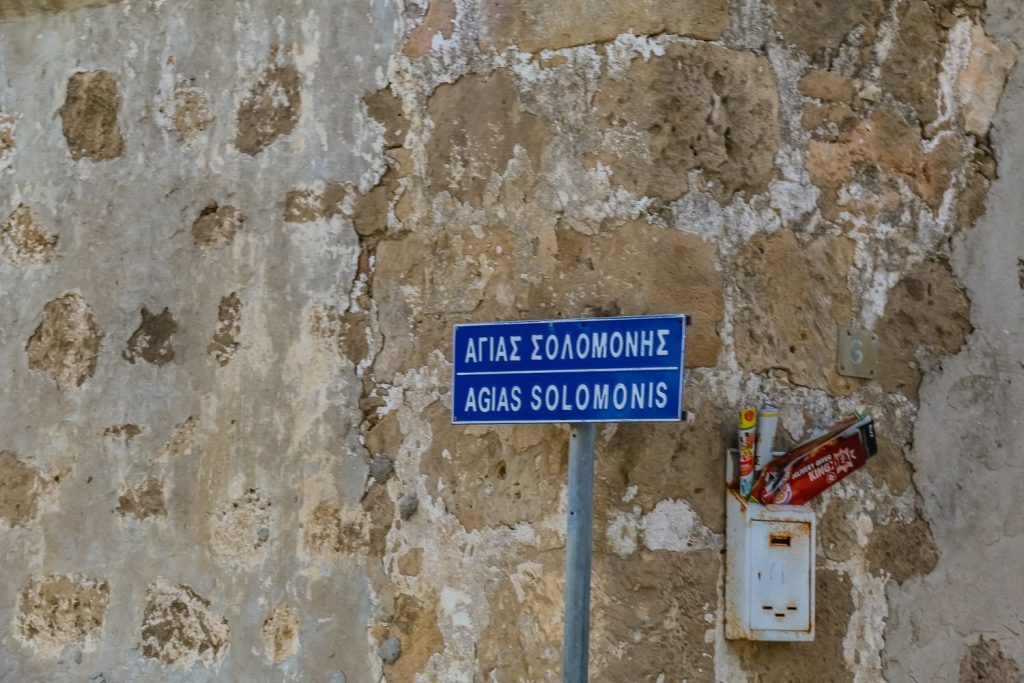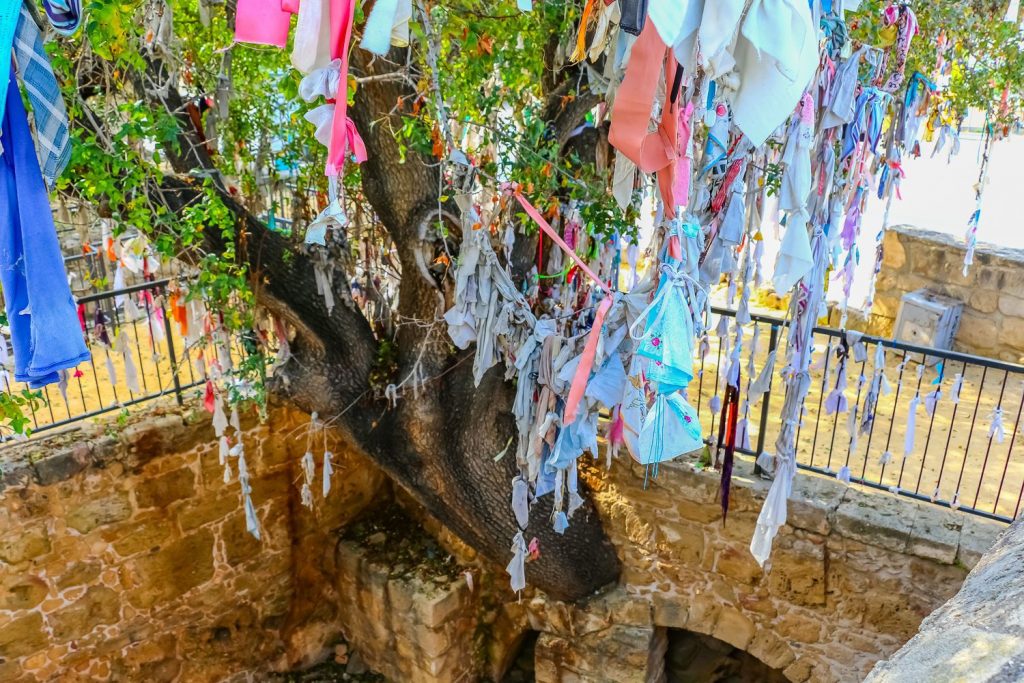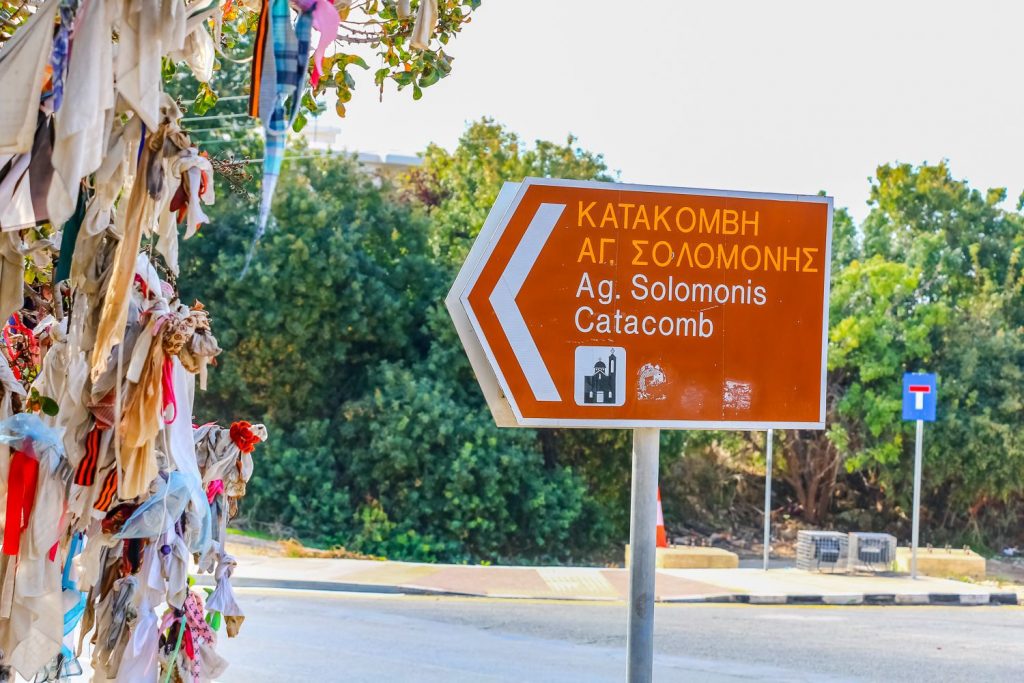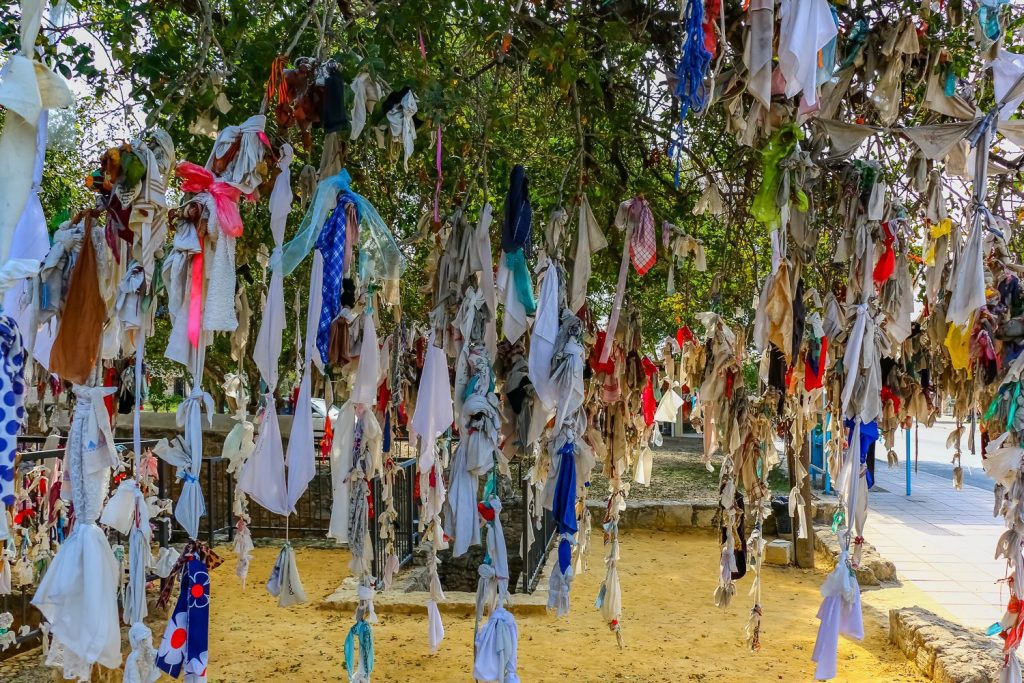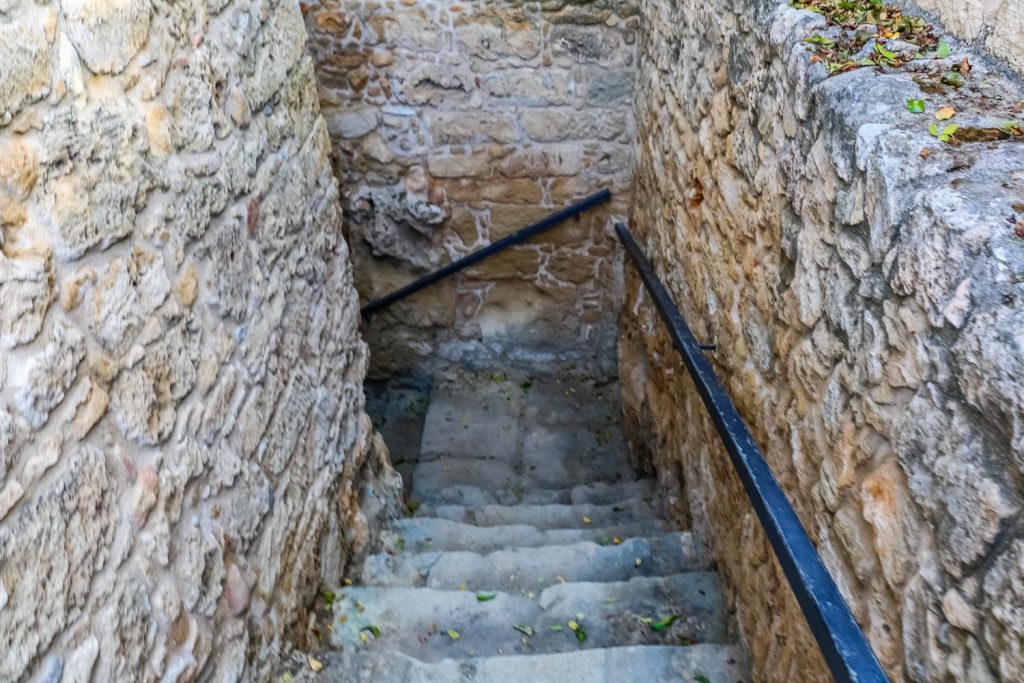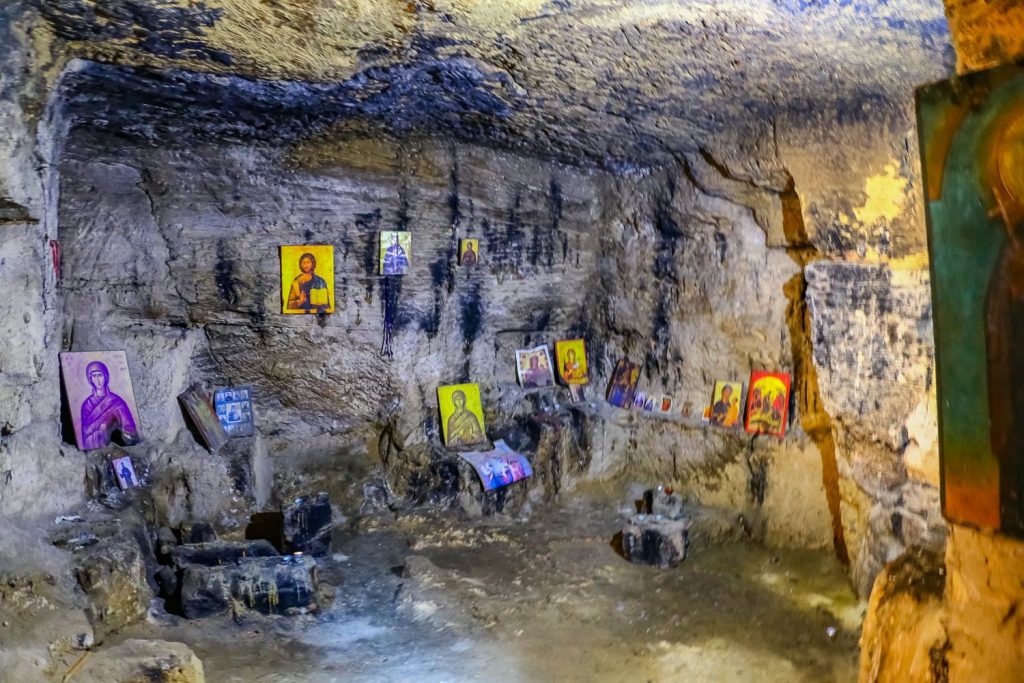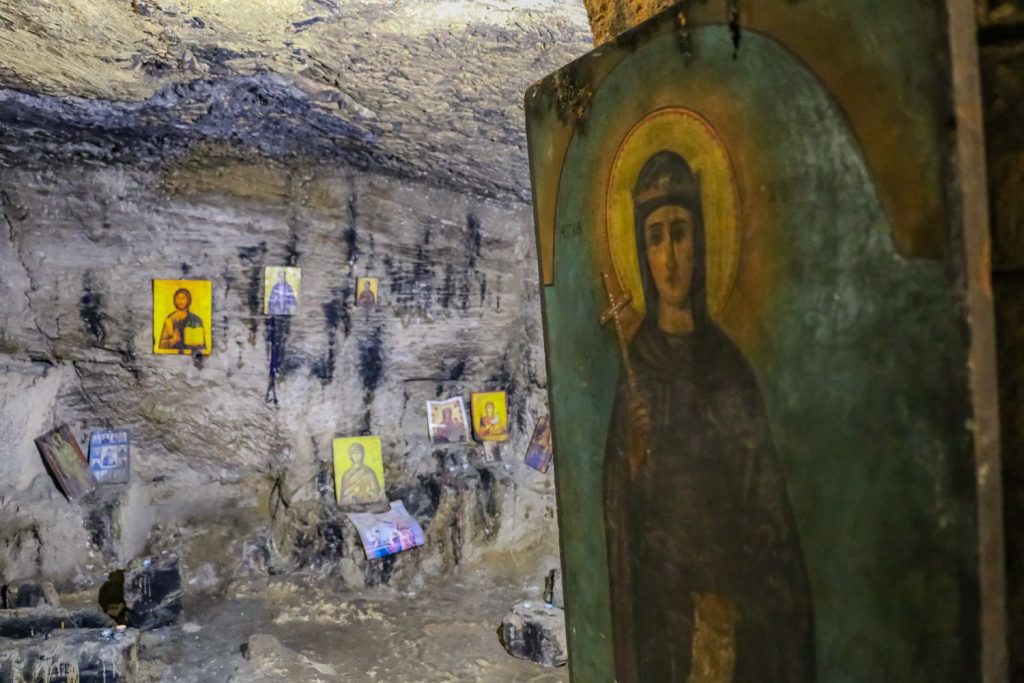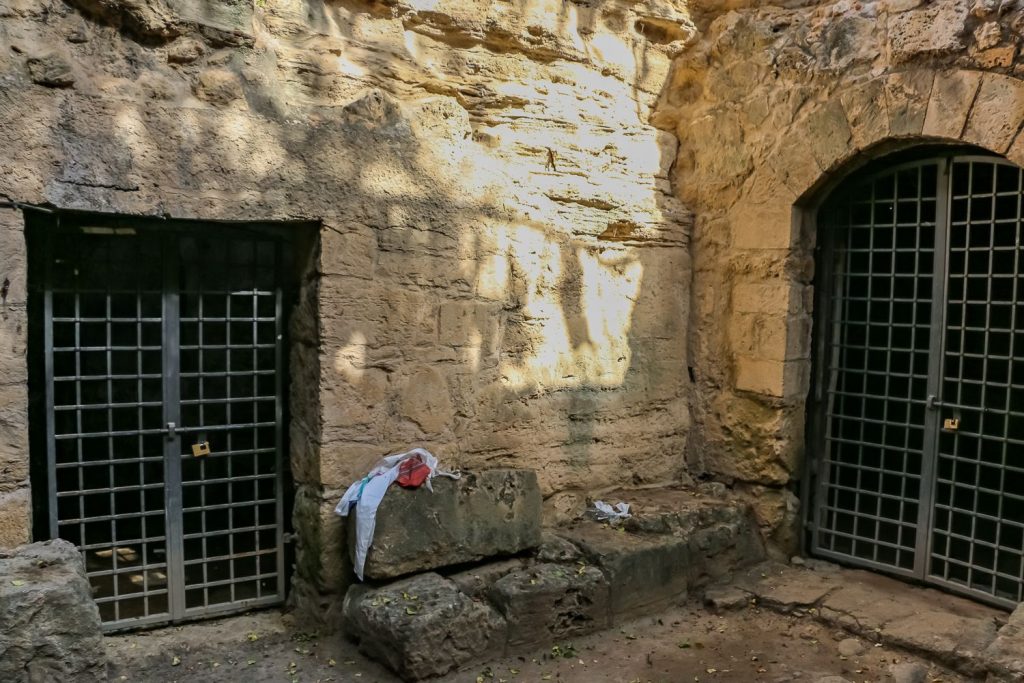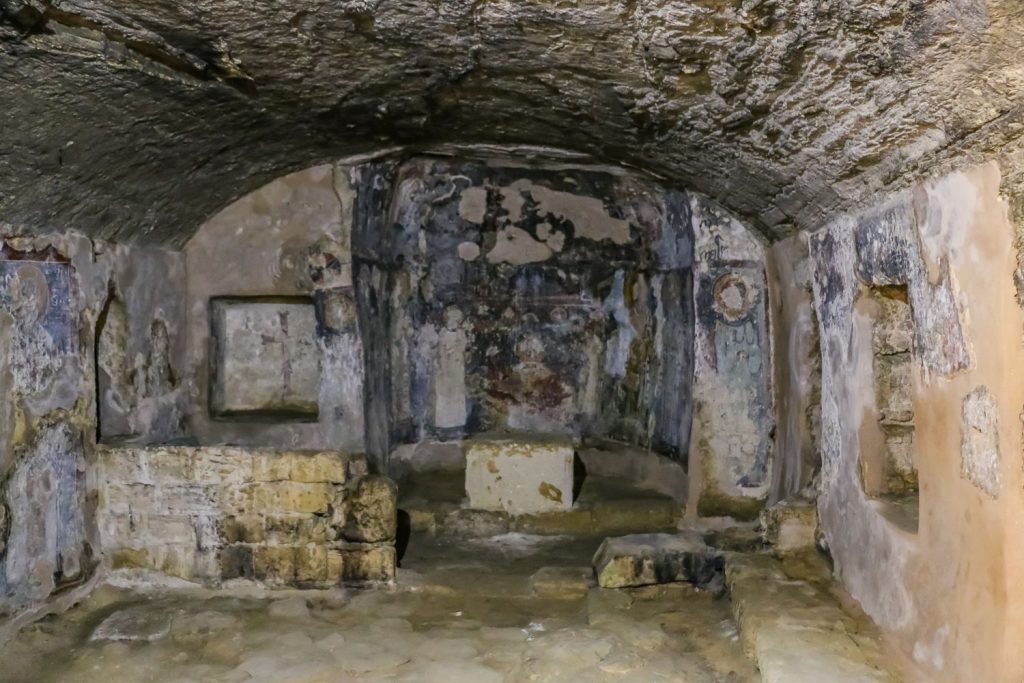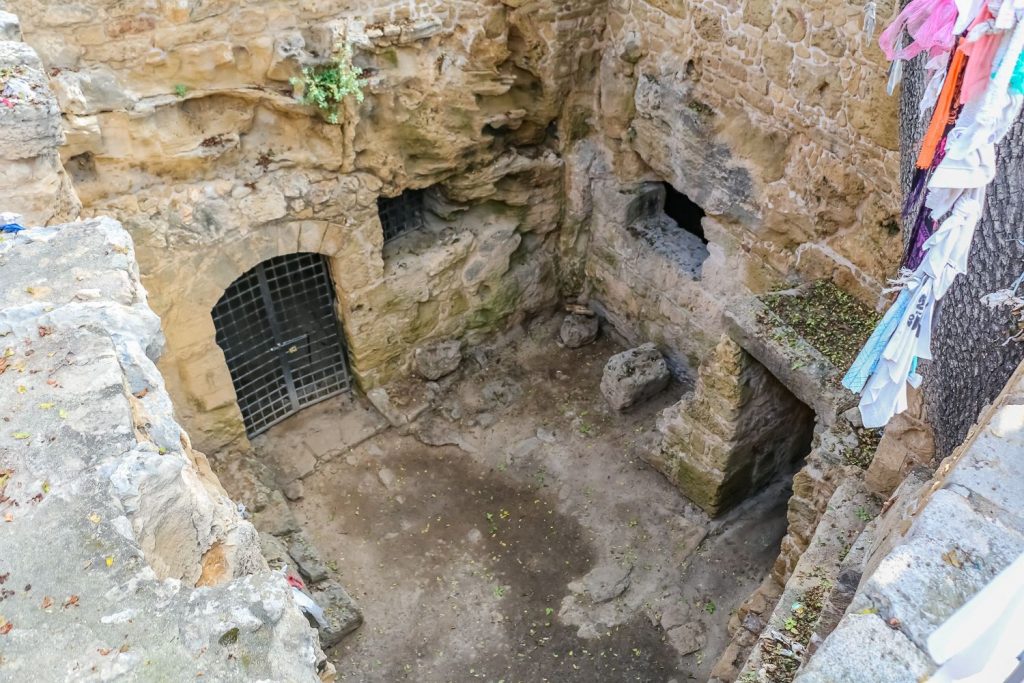The catacomb of Saint Solomoni of Paphos

The catacomb of Saint Solomoni of Paphos is one of the cultural attractions that reflects the rich religious – and not only – history of the homonymous city and is located on Apostolou Pavlou Avenue, at a distance of about one kilometer from the harbor, the Archaeological Park of Kato Paphos and the homonymous Castle.
A place carved in limestone below the ground, the catacomb of Saint Solomoni of Paphos is accessible by a narrow stone staircase. According to the sources and findings of the excavations, the cave with the five underground chambers around a small outdoor yard originally constituted a small underground complex of chamber tombs dating from the Hellenistic era. Later, it was the meeting point where the pagan Christians persecuted for their religious ceremonies gathered and in the Middle Ages, the place was a popular pilgrimage known as the “Seven Children’s Chapel” or “the Seven Maccabees” chapel.
The catacomb is essentially identified with the church of Saint Solomoni of Paphos, since it is located in the same place. This temple is not yet another conventional religious building, but one of the “halls” of the cave, which is actually sealed with a gate. There, the visitor will see remnants of 12th century frescoes, which, according to some, were “desecrated” by the Turkish invaders in 1974 and in another of the five chambers, descending further a few steps, there is the holy source, a small underground lake with water. In the adjoining chamber there is still the lamp lit by the faithful, many portable icons and a big icon of the Saint.
Above the catacomb of Saint Solomoni of Paphos, there is a great centenarian terebinth tree, filled with colorful rags, scarves and pieces of clothing, which are vows of people who want to be cured of some illness. This is a common practice of Cypriots that is followed up to this day.
Very close to the catacomb, there is also the Ancient Theater of Paphos on the hillside of Fabrica, as well as the cave of Agios Agapitikos.

